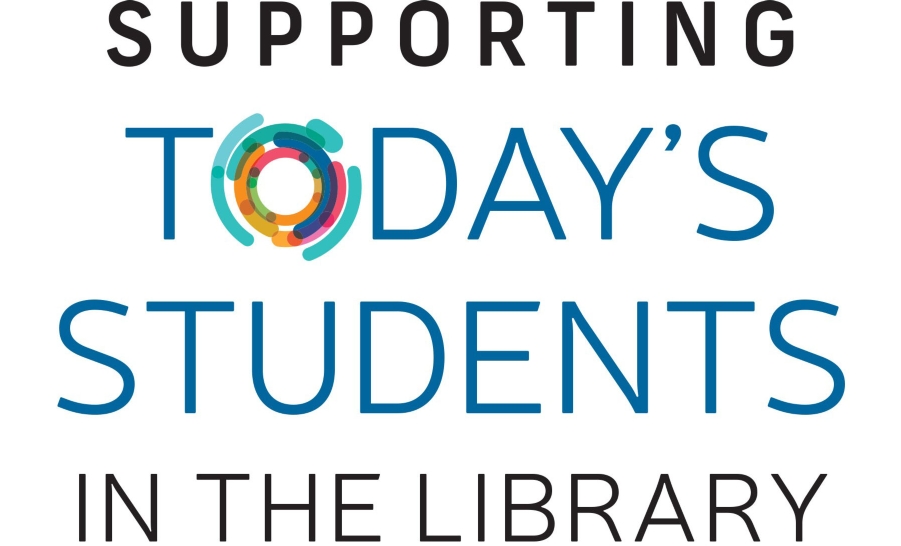First-generation alumna shares her Cal Lutheran story
Krystal Rhaburn, a first-generation student college graduate, reflects on how being a first-generation student “both terrified and motivated” her.
Tran & Higgins / / December 2019

In the last decade, the United States has seen a marked increase in nontraditional students, a diverse population of adult students who attend college while working, supporting families, or negotiating any number of circumstances that might delay the completion of their higher education goals. Studies have consistently shown that nontraditional students are more likely than traditional students to not complete their degree work or take longer to graduate for a variety of reasons, including outside responsibilities, difficulties adjusting to academic and campus environments, and new or different learning methodologies. As a result of the rise in nontraditional students and university-wide efforts to increase student retention and graduation rates, academic libraries are shifting and expanding their capabilities in order to better provide resources, services, and spaces to meet users’ unique needs.
Supporting Today’s Students in the Library collects current strategies from all types of academic libraries for retaining and graduating nontraditional students, with many of them based on learning theories and teaching methodologies. The book explores methods for overcoming language barriers, discusses best practices, and presents case studies that support the changing student population. Additionally, Supporting Today’s Students in the Library provides a variety of ideas for new services, spaces, and outreach opportunities that support nontraditional students on campus and beyond.
With targeted ideas and strategies for increasing agency and engagement, as well as addressing the diverse needs and challenges of nontraditional student populations, Supporting Today’s Students in the Library: Strategies for Retaining and Graduating International, Transfer, First-Generation, and Re-Entry Students demonstrates how academic libraries are successfully serving these students.